
Crab&Painting, located in the bustling area of No. 5 the Bund in Shanghai, is a restaurant that features a combination of "eating more crab" and "artistic cuisine inspired by famous paintings". It is inspired by art and culture and features seven timeless masterpieces selected by top artists as the source of its design, positioning, and creation. Contemporary art, space art, culinary art, and dance art are used to express the essence of these masterpieces.
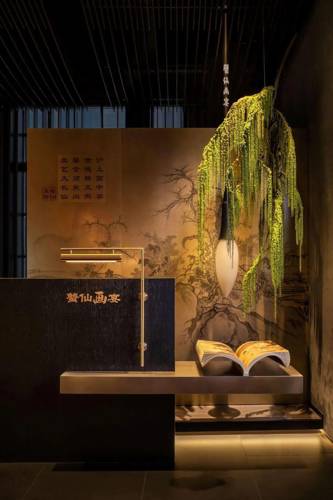
After years of research and development, Crab&Painting has invented its own unique style of "artistic cuisine inspired by famous paintings". It is a journey through time, touching the thoughts of ancient sages and feeling the power and indomitability of 5000 years of Chinese civilization.
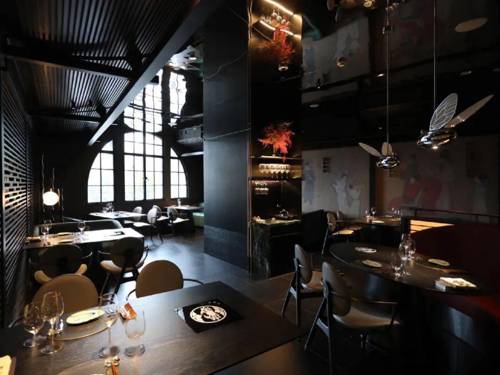
In addition to its famous artistic cuisine, Crab&Painting also offers themed private rooms inspired by Chinese famous paintings. There are six rooms named: "Hairpin," "Green," "Rui Crane," "Mountain Residence," "Luoshen," and "Youchun", all of which are designed based on six of the top ten famous Chinese paintings.

In the past, a good meal or gathering would consist of good wine, good food, and a comfortable environment. However, the experience at Crab&Painting features good paintings, good dance performances, and good cultural experiences.
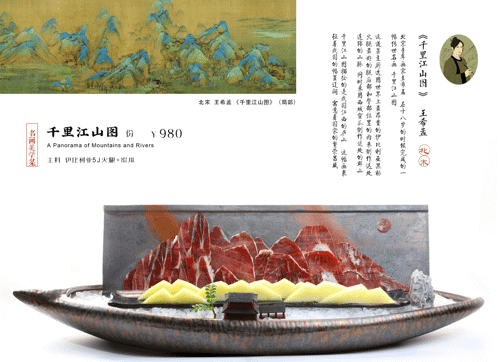
"Night Banquet Picture," "Thousand-Mile Mountains and Rivers," "Rui Crane," and "Hairpin Beauty" are all names that are familiar to many people-symbols of Chinese culture. Crab&Painting is not just a simple national trend, but an innovative delve into art and culture. The chef becomes an artist, using ingredients to create dishes as if they were paintings. With the chef's knife as the painter's brush, artistic cuisine "from ancient times to the present day" is presented.
Crab&Painting hopes that "artistic cuisine inspired by famous paintings" will become a new genre of cuisine-one that is different from traditional "eight famous dishes" and not just "artistic style dishes". It is artistic cuisine, not culinary art, and it will compete with French cuisine or Japanese food one day because of the Chinese cultural values that support it.
In the fashion industry, a little-known Japanese brand called Human Made has a close relationship with Chinese culture and art. The brand founder NIGO admires Chinese culture, particularly traditional Chinese characters and calligraphy. He said, "I want to incorporate Chinese culture into Human Made's creations and make the brand more closely connected to Eastern spirit." Therefore, Human Made products often incorporate Chinese characters and elements.
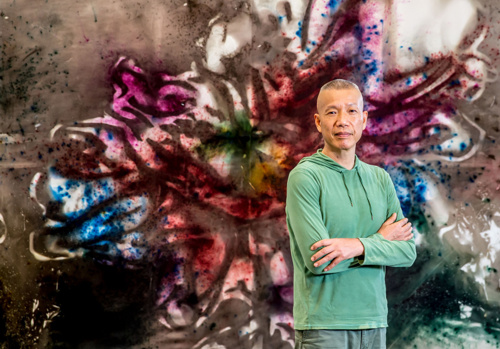
The relationship between Human Made and Chinese culture and art is not only reflected in product design but also in their participation in Chinese art projects. In 2015, Human Made exhibited a series of illustrations titled "Sino-Japanese Exchange" at an event in Shanghai. These works express blessings and expectations for cultural exchange between China and Japan by combining elements of ancient and modern China.
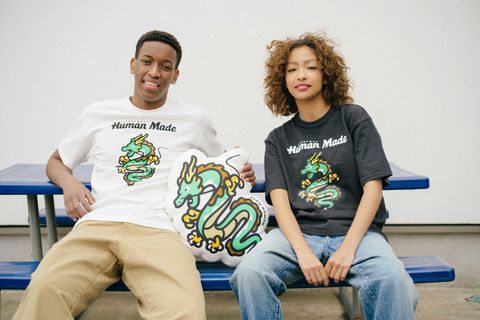
Furthermore, Human Made has launched some projects collaborating with Chinese artists like the "Davos Fashion Forum" collaboration with Cai Guo-Qiang, a well-known Chinese artist. These cross-cultural collaborations organically integrate elements of Western and Eastern art, enabling Chinese culture and other cultures worldwide to be more widely disseminated and exchanged.
As a globally influential fashion brand, Human Made has been committed to integrating different cultural elements into its products and creative designs, and Chinese culture and art are an integral part of this commitment. By bridging cultural differences with creativity and an open-minded approach, Human Made has promoted cultural exchange and artistic creation, enabling better integration and development between Eastern and Western cultures.



